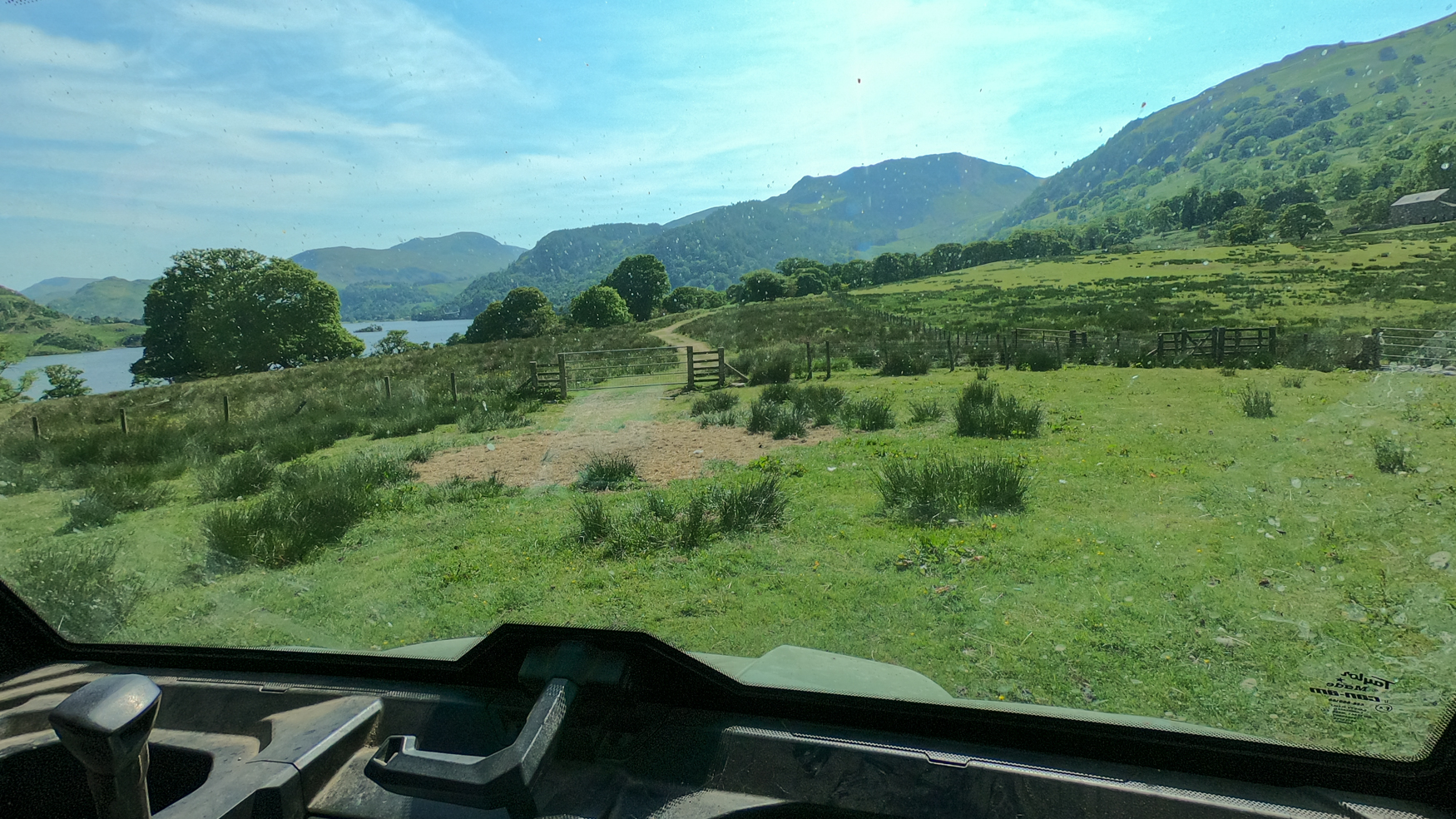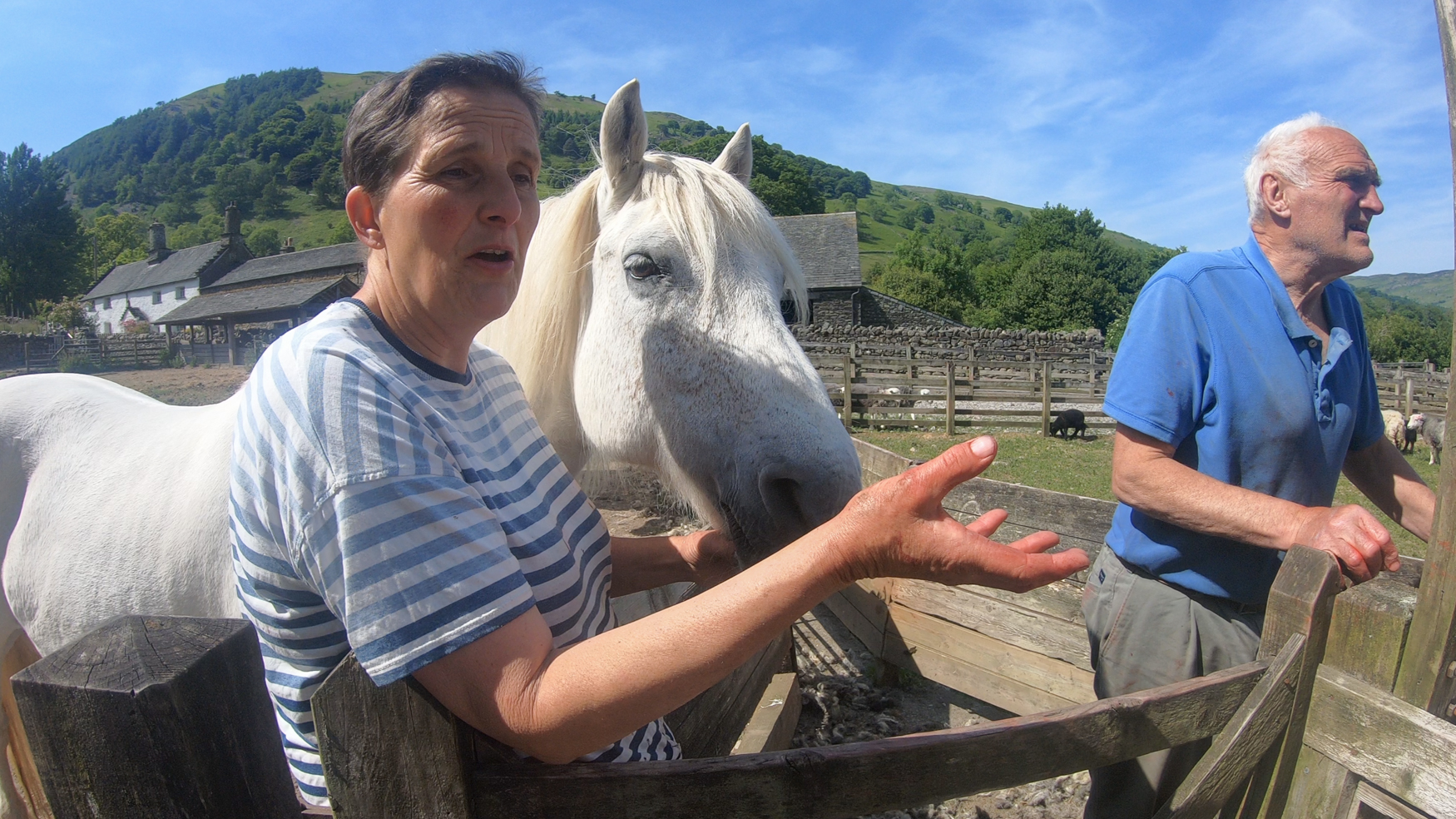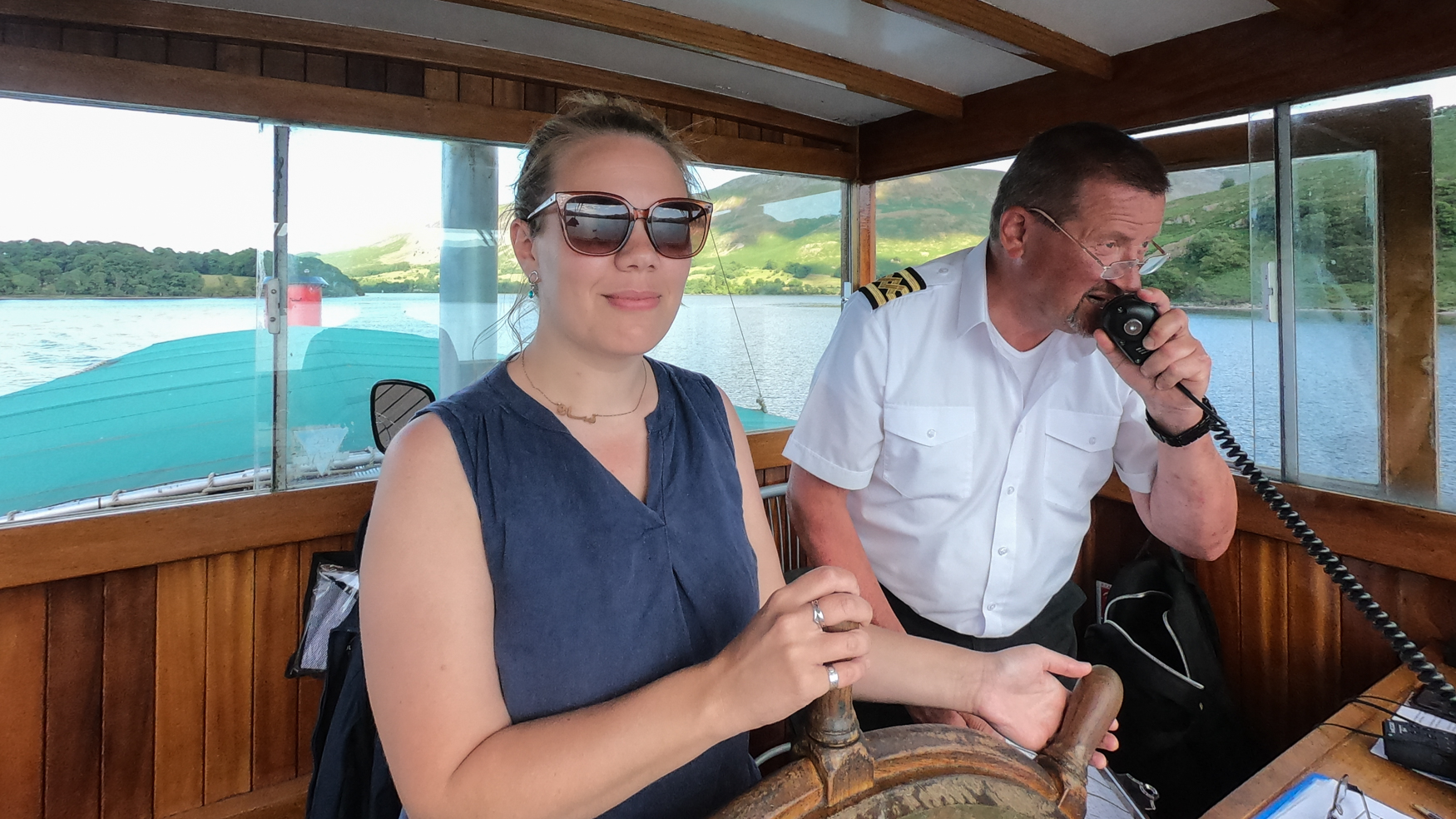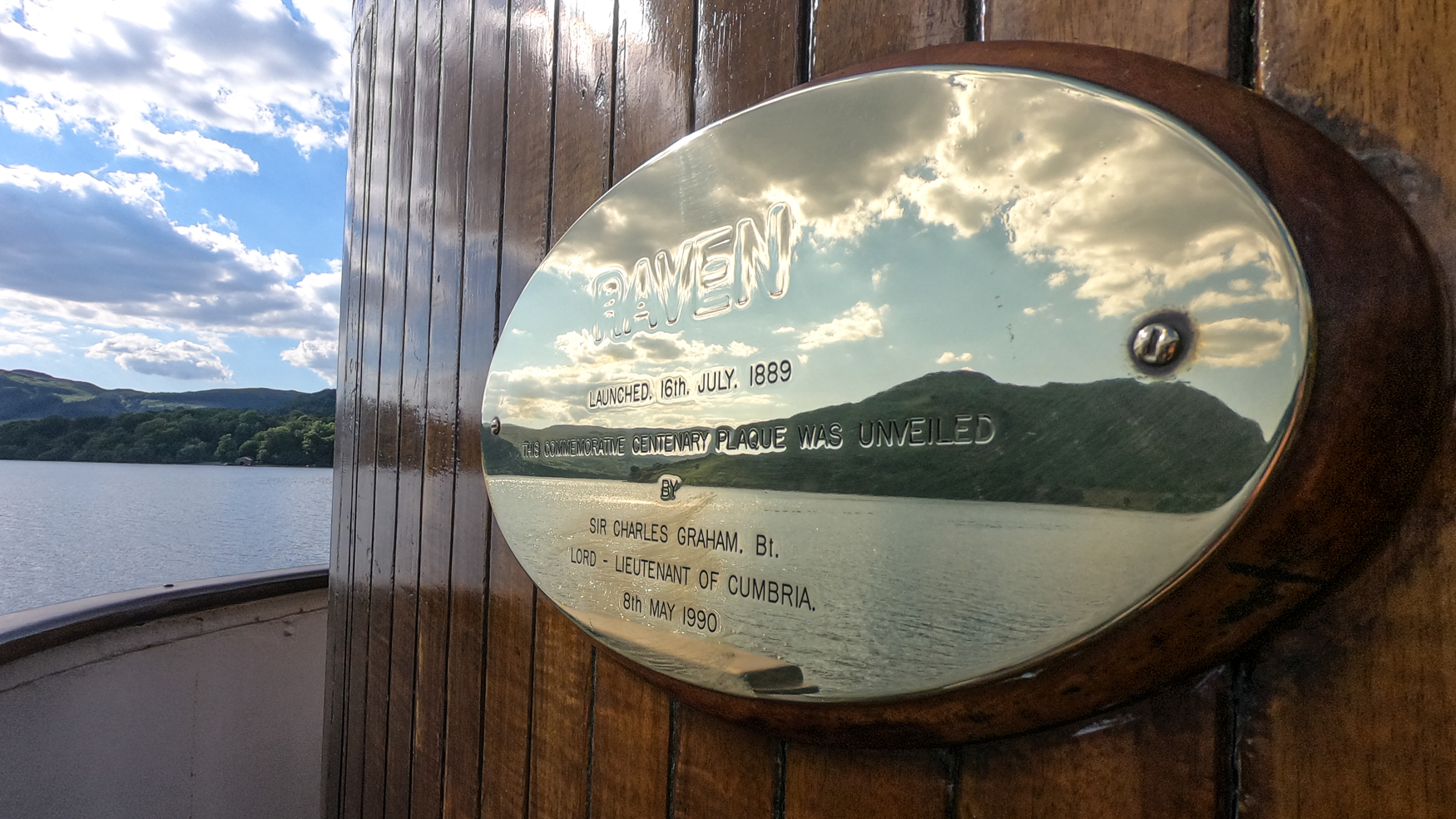GUEST BLOG
Cellist and poet Sarah Smout is one of five ‘Watershed’ artists. She is currently working on a musical composition that weaves together what she has learnt from speaking to people in the Ullswater valley.
Sarah says that she is interested in bringing the land’s voice into the composition through field recordings, extended techniques and improvisation. With this she hopes to convey the deep connection to Ullswater that these people have, and the urgency of the human task in caring well for a precious and fragile land. In this blog post, Sarah tells a story of her encounters with farmers Sam and Can Hodgson, from Glencoyne Farm, and skipper Christian Grammar, from Ullswater Steamers.

if you give nature a chance …
“If you give nature a chance, it will come back,” says Sam, sitting opposite me in his farm kitchen. His hands are scarred and etched with lines that only a lifetime of working with the land will do. And that is exactly it: this land is his life. His and Can’s, and their family’s. And it is their preoccupation to make sure it is a life worth leaving for future generations.
So much joy glints in Can’s eyes as she tells me about the wildflowers returning – milkwort, butterwort, lousewort – and Sam’s newest revelation in life, swimming in the lake, makes him sit forward and gesture with his arms his feeling of being in his own air bubble, as he bobs in the water, looking back up the fell. They both agree: closing the gate at the end of the day is one of the wonders of being here – a moment when they can look out at the land, a day’s work done, and wander down the fell back to the farmhouse.

—

Before we set sail, Christian feeds his friendly rook, who perches on the bow of the Raven. It has learnt to say hello back to him, but Christian refuses to give it a name. As we motor out, I sit in the wheelhouse with my zoom recorder ready to catch any one-liners, any moments that might make it into my composition. But it doesn’t feel like an ordinary interview, because Christian’s connection to this lake runs deeper than the North Sea. He tells me how he belongs here, feels more at home here, on the water, than anywhere. He seems to know every ripple, and loves to show people this elbow-shaped bit of water.
We both notice how everyone enthusiastically waves at each other from the other boats, something that doesn’t happen on other modes of transport very often. Time always seems to enter a different realm out on water, and this seems to amplified for Christian when he tells me how his Synesthesia makes everything feel connected. It’s a type of hyper-sensitivity to sound. He drives the boat but his ‘elbow room’ is the side of the lake, he hears the engine but his listening stretches far beyond the edge of the boat, the wake, the wind, the people, the birds. Swallows swoop in front of us, and he tells me how he does a similar thing with the ripples that sometimes form in patches on the lake – cat’s paws, he calls them. And when he’s on his last sail home, he likes to weave through them, joining the dots, and then looks back to see what he has drawn. An artist in him yet. It makes me wonder, how through joining the dots, listening far beyond our reach, we might help this planet of ours heal faster its scars that we have etched – some that run deeper than a human lifetime, and may still be healing long after we are gone.

Sarah will be giving a performance of her piece, with cello, song and looped sounds collected during her research, at the exhibition preview; a digital recording of her composition will be shared through this website.
One thought on “Watershed : Musician at work”